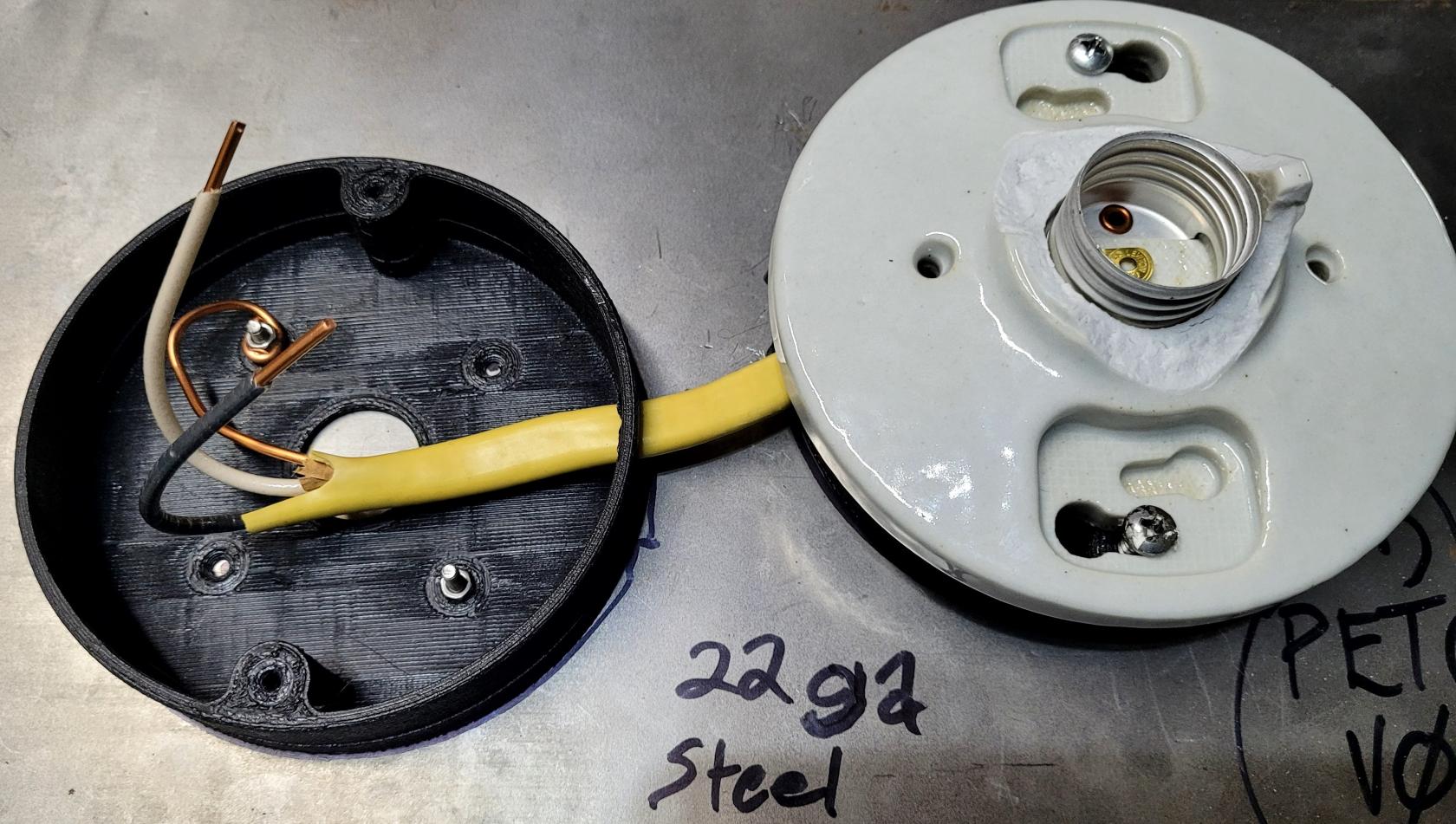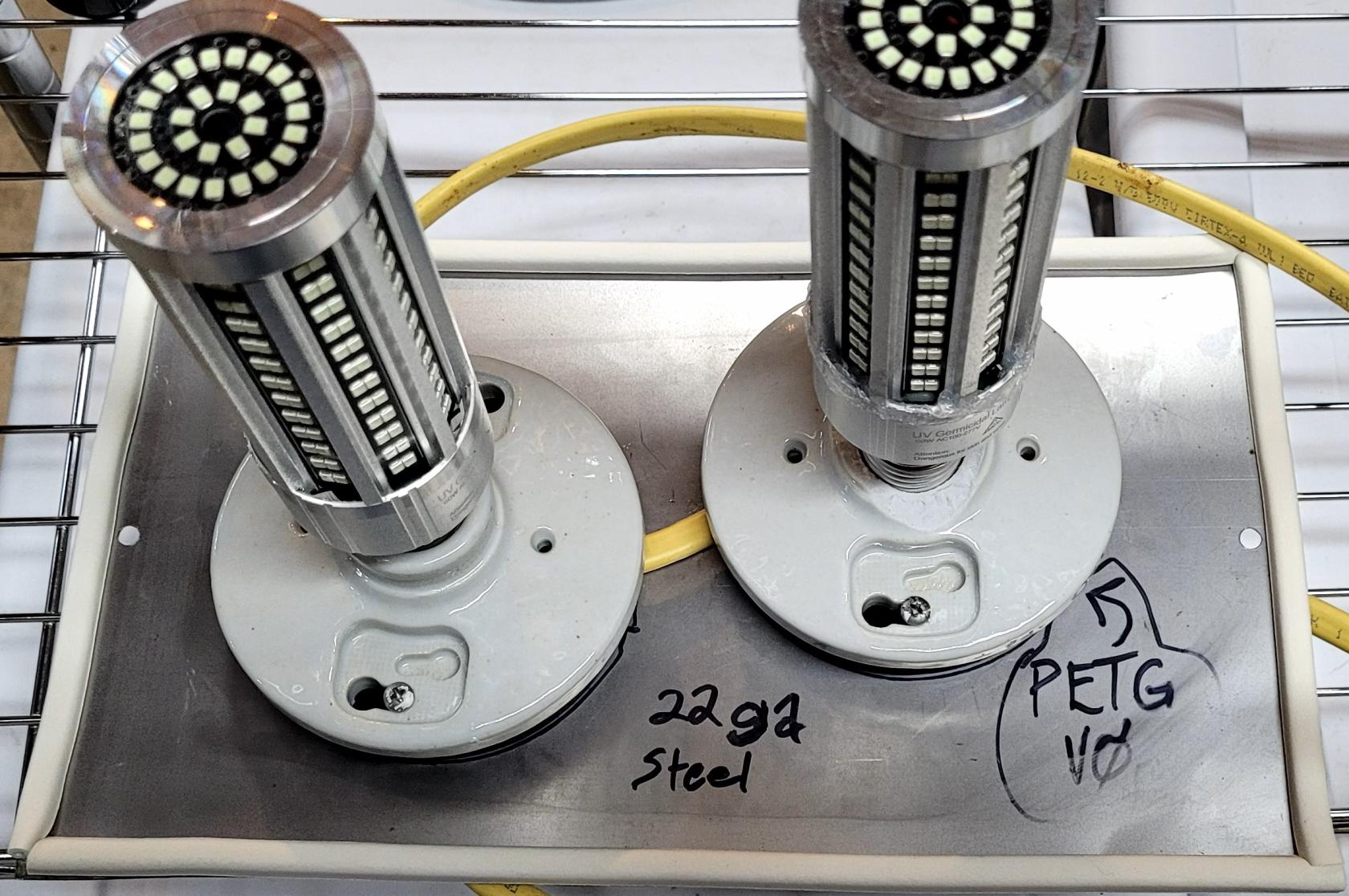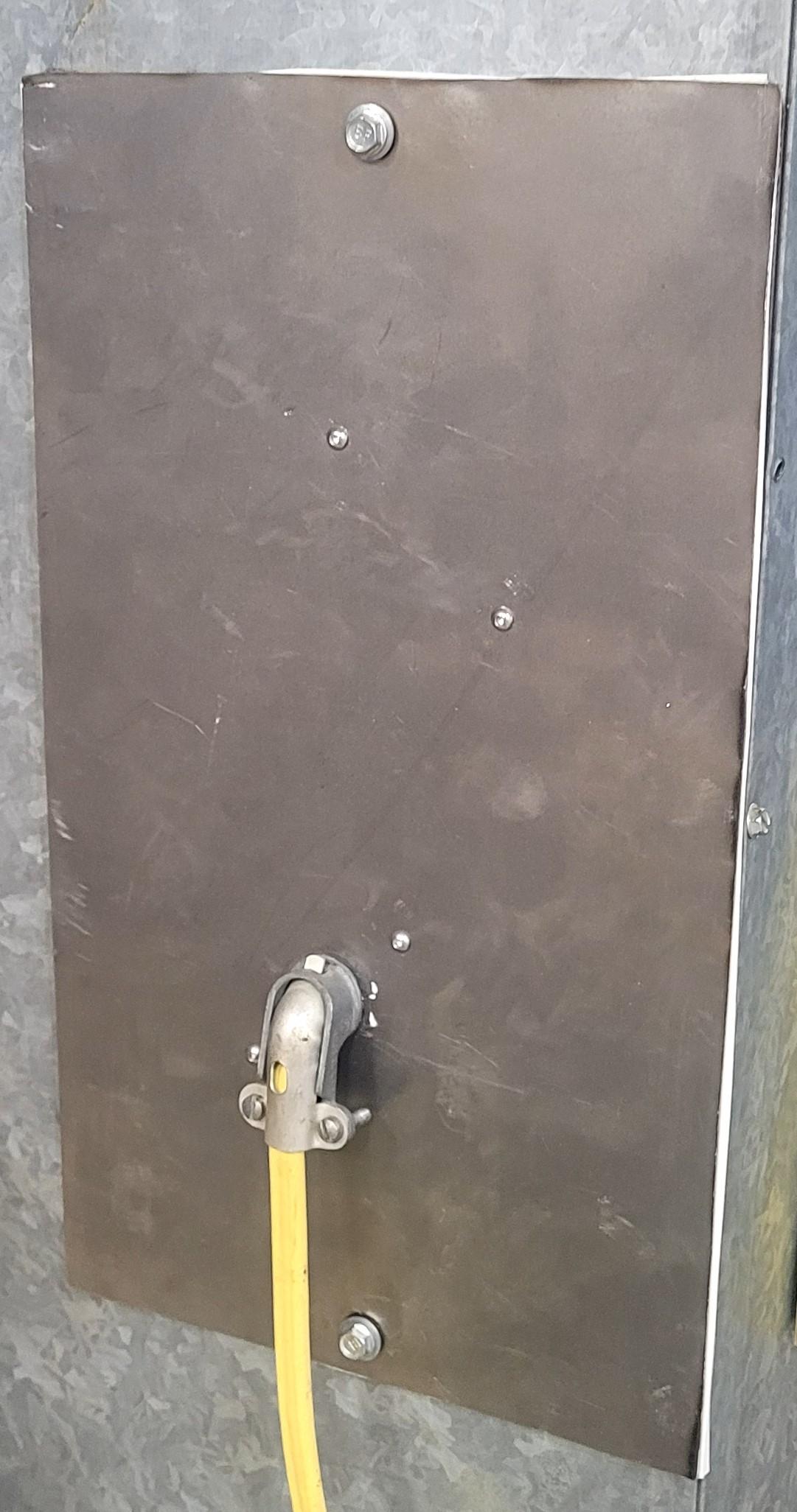IN-PROGRESS STILL_____UV-C Germicidal Furnace "Filter"
Having suffered from allergies most of my life, anything that promises to help with "allergens" tends to be of great interest!
Premise
Ultraviolet "C" band light is well known to be "toxic" to almost any living organism; such as mold, bacteria, viruses, & people. (See some stupidity here: https://www.nytimes.com/2023/11/07/style/bored-ape-nft-eye-burn.html )
I wanted to use this same "Kill EVERYTHING" approach toward any living contaminants that may have found their way into my home HVAC system. UV-C is already used for this exact purpose in commercial products and systems but the pricing can be prohibitive for an off the shelf unit. Comparing prices kinda stank; an under-powered consumer product started about $500, but went sharply up to ~$4000 for a cool fluorescent system that MUST be installed by approved HVAC tech to have any warranty.
Being a huge nerd, I asked myself the ultimate question: "How hard can it be?"
Design
This only qualifies as a design in the strictest sense, since even a table lamp has a switch!
- 2x - 50W+ E26 size UV-C COB LED bulbs
- Edison #26 is the most common light socket in the US
- https://en.wikipedia.org/wiki/Edison_screw
- 2x - Ceramic E26/E27 light outlets
- Un-switched type are cheapest
- 2x - 1" deep electrical light boxes
- Metal would be fine, but I used PETG-V0
- 6' - 18/2 home wire (18ga with black, white, ground)
- 3-wire service cord would work equally well
- 4' - 1/2" weather stripping
- Anything "UV resistant" and soft since the metal is fairly thin
- Right Angle 3/4" clamping box fitting
- Points the cable the right direction and holds it tight
- 24"x12" 22ga steel sheet
- Gotta make a plate out of something sturdy and UV resistant
Build
We begin by looking atinspecting the furnace system we want to modify; canLooking we findfor a flat place about 6-8 by 10-16 inches?inches. it is recommend to go with aA standard "off the shelf" vent size such as 8x16", which would enable easy retrofitting if the home is sold,ever etc.sold. I believe it is better to install the lights on the return side of the furnace due to the lower air pressure, but I'm also not certain it even makes a difference. Cutting the hole can be done in many ways, but I used a small rotary tool with an abrasive cut-off wheel. Since abrasive wheels create a BUNCH of sparks, I removed the furnace filter and added a couple damp towels inside the furnace, to prevent any sparks from igniting dust and BURNING DOWN MY HOUSE!
Once we have a rectangular hole cut out of the locationfurnace andducting, sizewe chosen,want to cut and smooth the edges of our sheet metal plate to match athe typical 1" overlap on all sides sooverlap of our plate overhangs the hole we will cut in the HVAC system.hole. I used some 3mm3x12mm screws with nuts were used to mount the electrical boxes onto the sheet metal plate.plate leaving room for a second nut to mount the ground wire inside each box. Because I usedhad someit, PETG-V0and Flamewhere Retardantis filamentthe tofun 3Din buying a couple $2 metal fixture boxes when we can print thethem electricalout boxes, to ensure I addedof a littleneat fireflame loadretardant toand theUV furnaceresistant as possible!plastic!
Both light fixtures are connected in parallel with the grounds each being terminated to the metal sheet inside each box for extra safety. The incoming power for this new system can be acquired fairly easily by either installing a plug to be plugged into a regular wall outlet near the furnace, or it can be "hard wired" into the electrical system feeding the furnace. My furnace has an outlet for a "condensation sump pump" to send the condensation outside, so I used this outlet to hard wire mine.
Notes
Wiring was harder for me than it should have been since I used "scrap" materials wherever possible,possible. this This left me wiring up 130W of total lighting power lightingwith with6 feet of 12ga heavy wire instead of the 18ga or similarsmaller that couldcould/should also have been used.
I ended up going the LAZY way and wired these in as "on all the time", since my HVAC system blower motor is Variable Frequency DriveDrive, meaning there is no convenient place to hook up the lights to a switched 120VAC output like I hoped. 130W is less than the basement lights I keep forgetting to turn off... eh.



